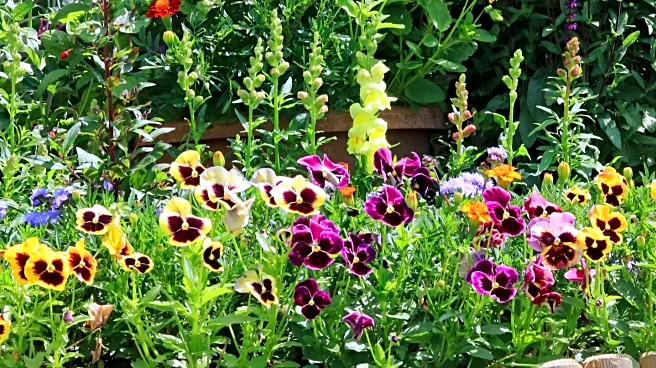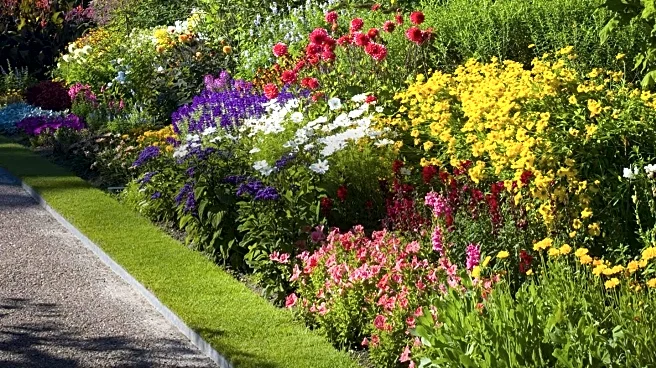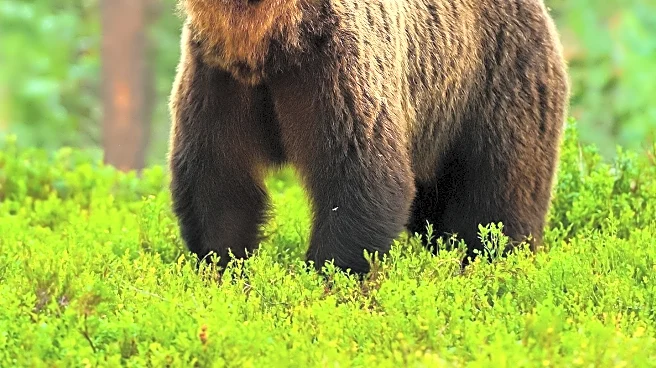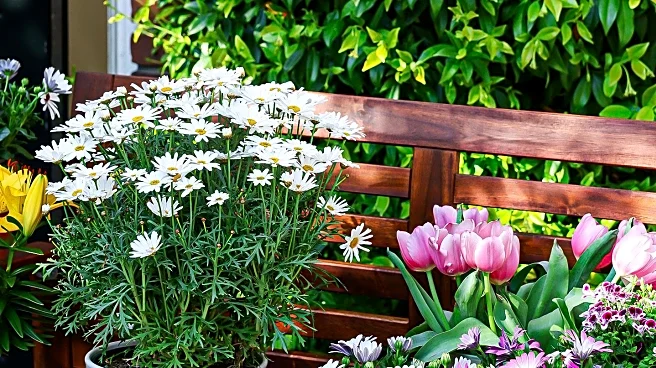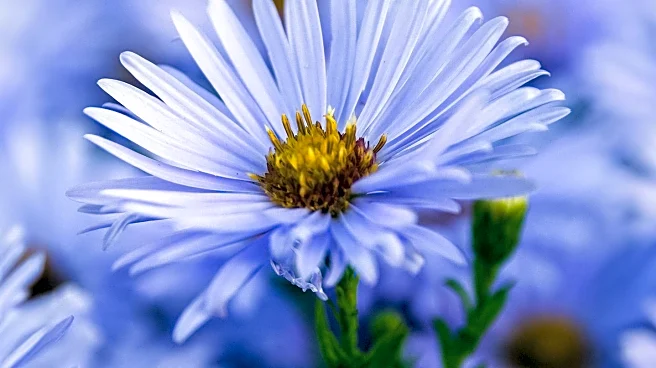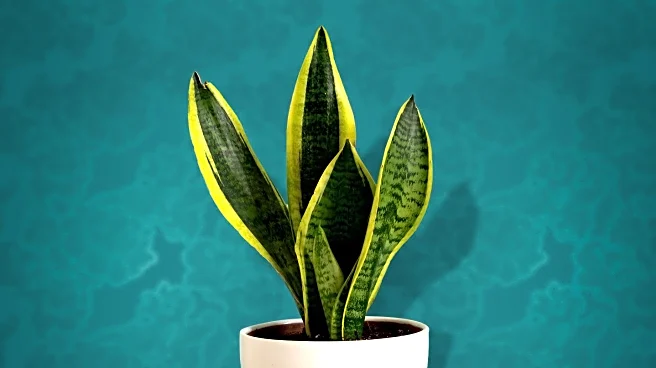What is the story about?
What's Happening?
As summer progresses, gardens are brightened by the vibrant blooms of phlox and black-eyed Susans. These native plants, with their pink and yellow flowers, bring color and cheer to gardens during the hot August days. While they are easy to grow and maintain, they can sometimes overpower other native species. Gardeners are advised to manage their growth to prevent them from taking over. Phlox, in particular, can develop powdery mildew, which can be controlled by ensuring adequate air circulation. Despite these challenges, phlox and black-eyed Susans are popular choices for gardeners looking to attract pollinators and add visual interest to their landscapes.
Why It's Important?
Phlox and black-eyed Susans play a significant role in supporting local ecosystems by providing nourishment to pollinators such as bumblebees. Their presence in gardens contributes to biodiversity and helps sustain various wildlife species. Additionally, these plants offer aesthetic value, enhancing the beauty of outdoor spaces. For gardeners, understanding how to balance their growth with other native plants is crucial for maintaining a healthy and diverse garden. The popularity of these plants reflects a growing interest in native gardening practices, which promote environmental sustainability and conservation.
Beyond the Headlines
The cultivation of native plants like phlox and black-eyed Susans highlights broader environmental and cultural trends. As gardeners increasingly prioritize native species, there is a shift towards more sustainable and ecologically responsible gardening practices. This movement supports the preservation of local flora and fauna, contributing to the resilience of natural habitats. Moreover, the exchange of plants among gardeners fosters community connections and shared knowledge, enriching the cultural landscape of gardening.
AI Generated Content
Do you find this article useful?
